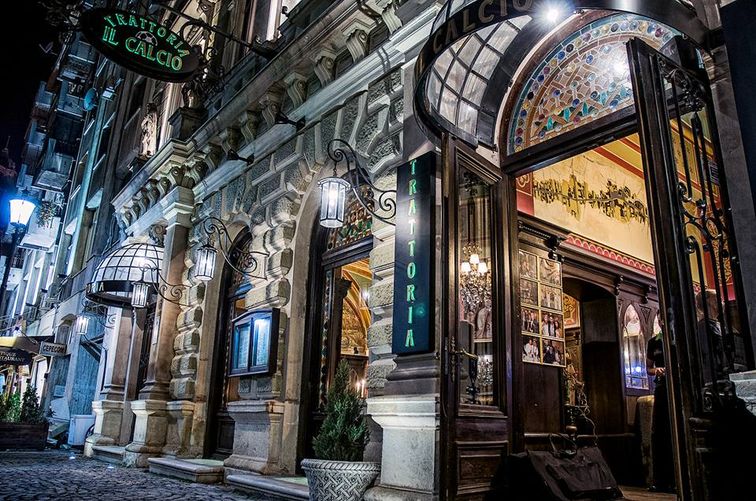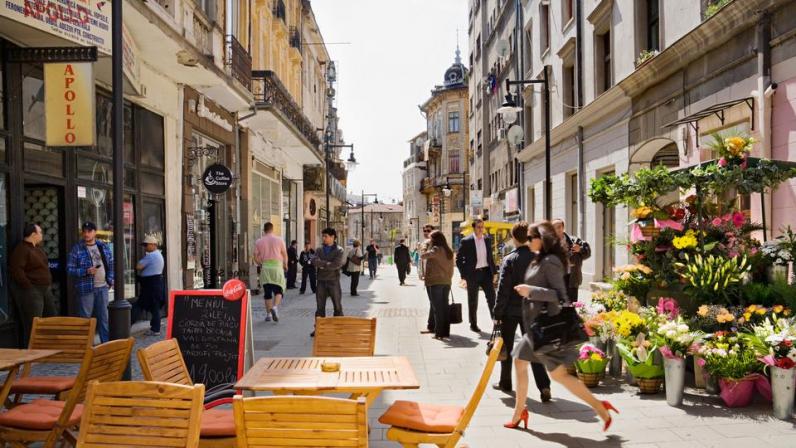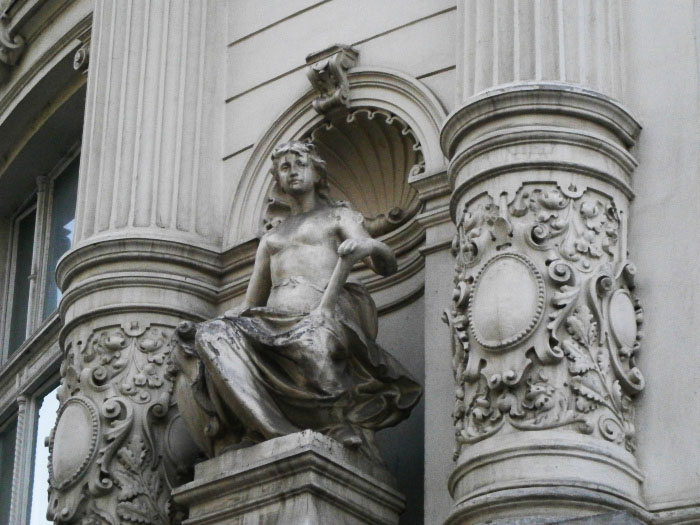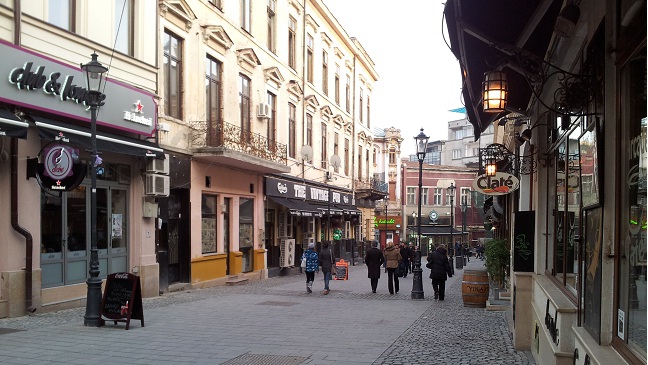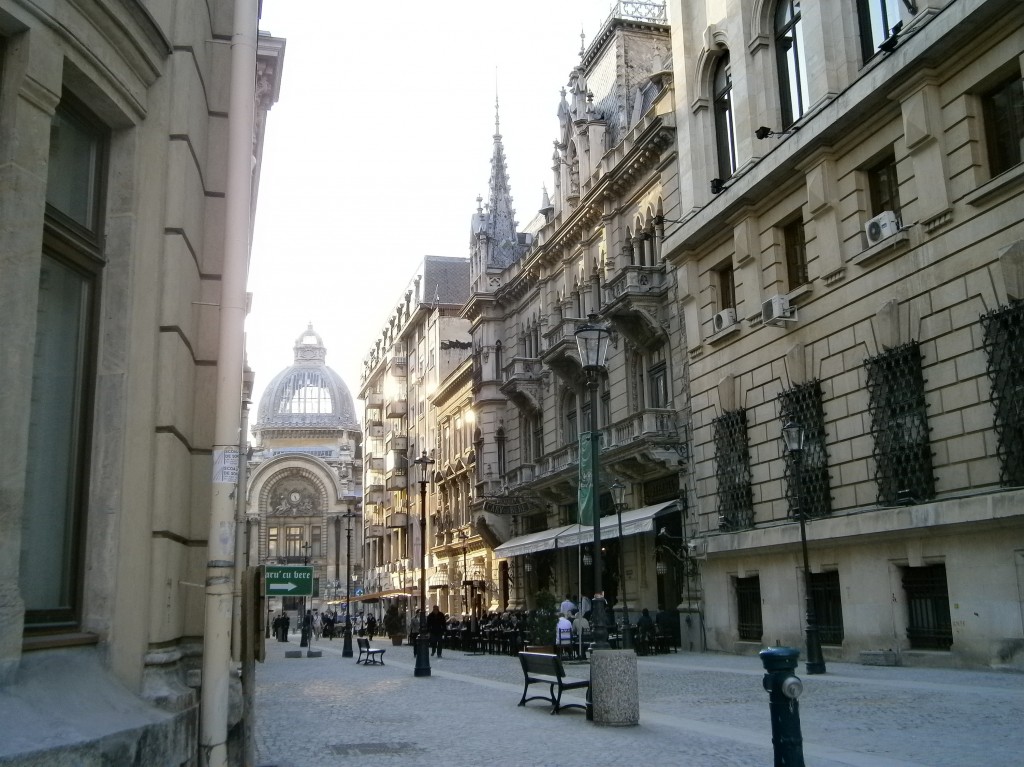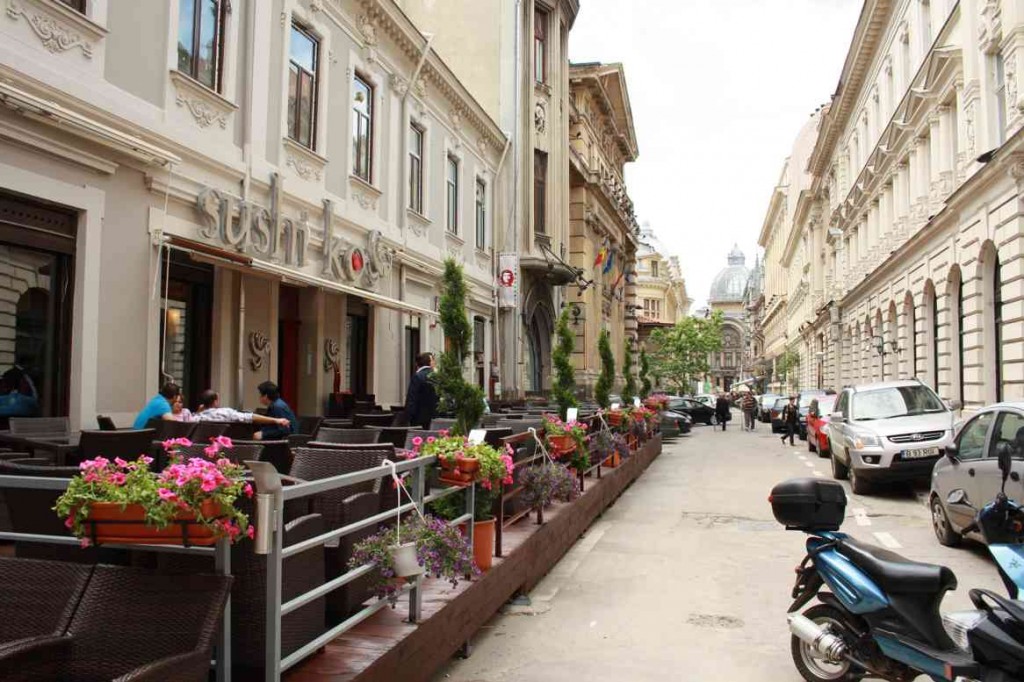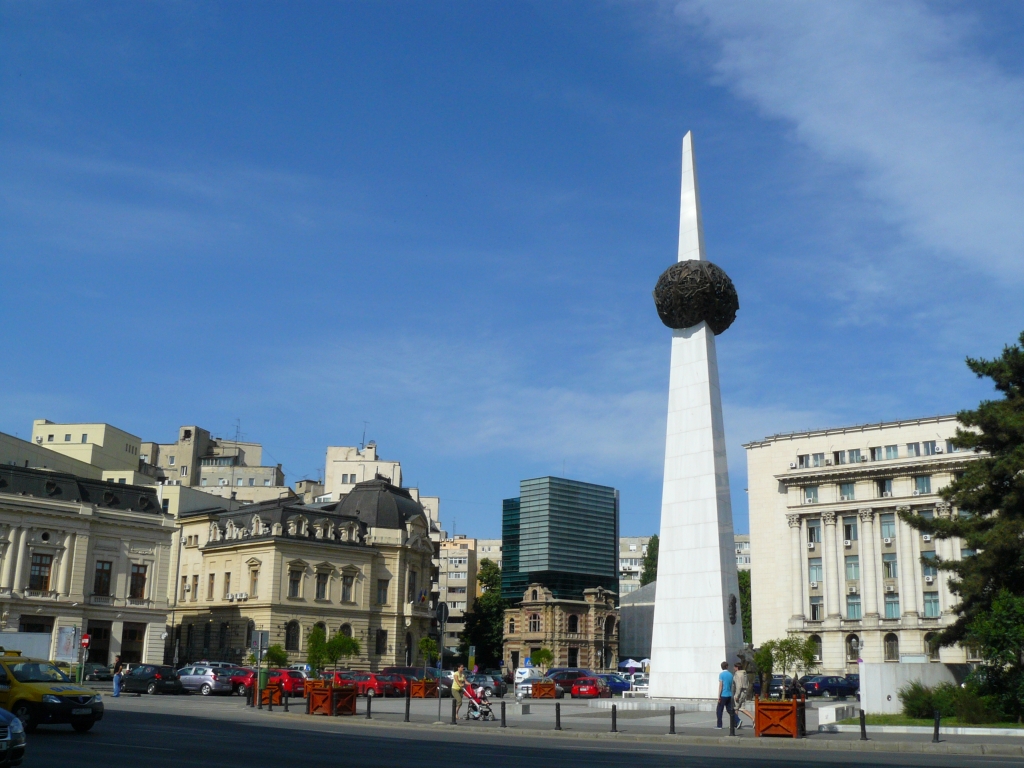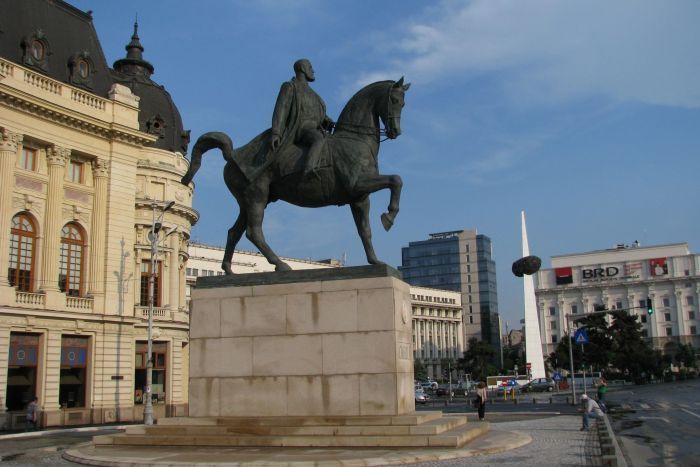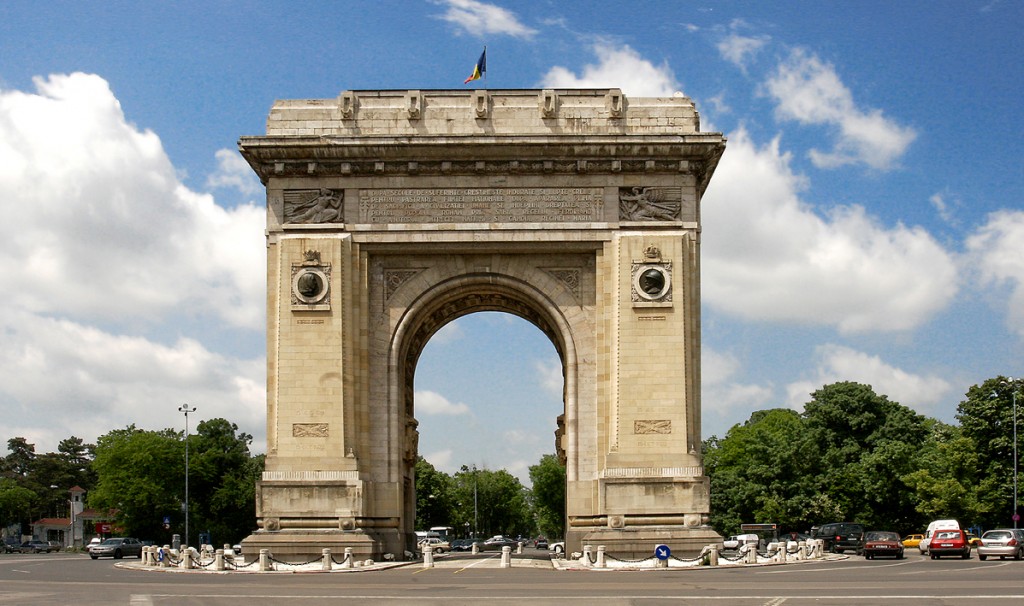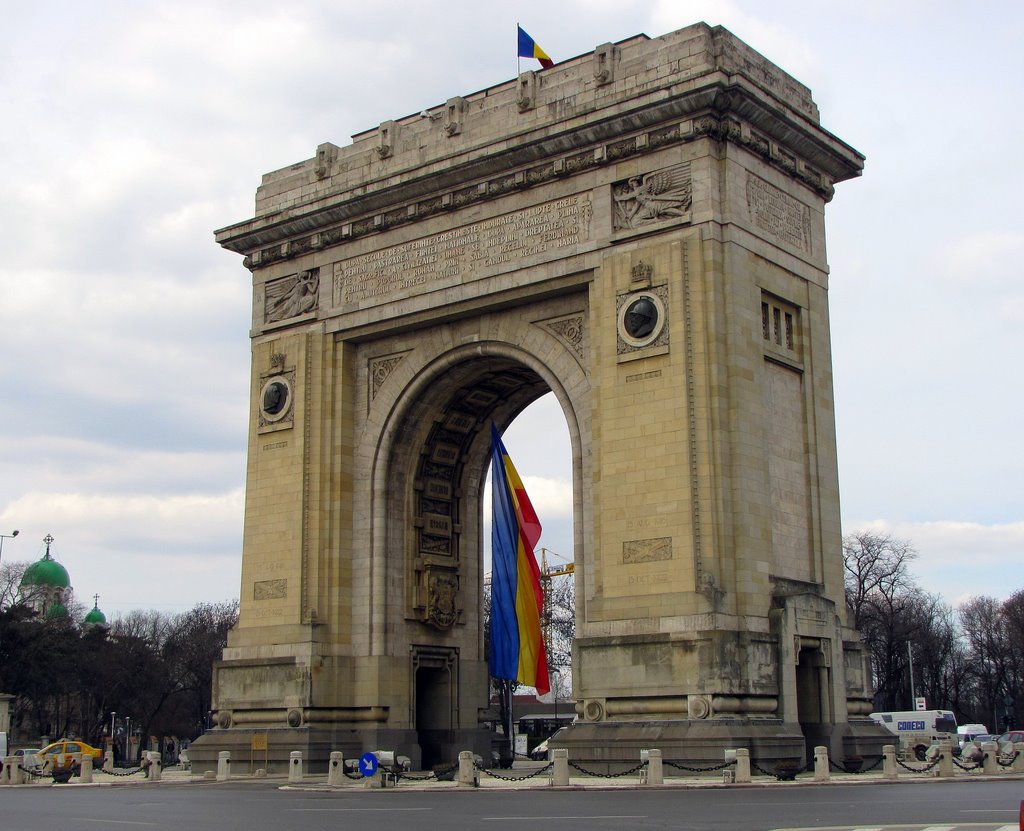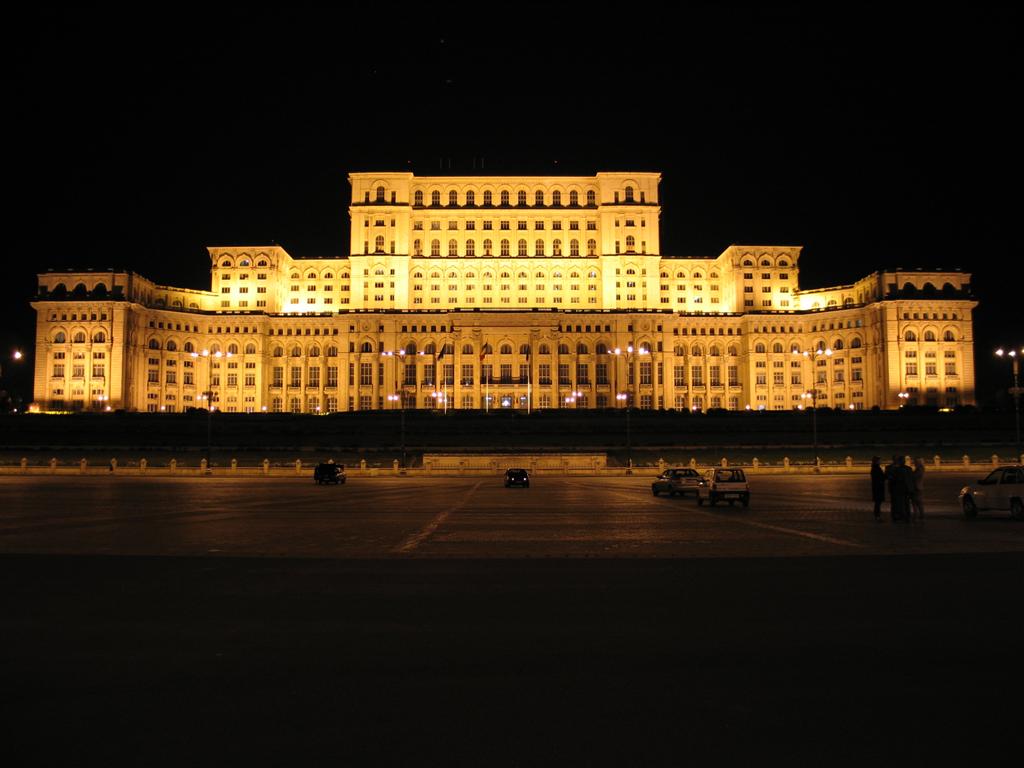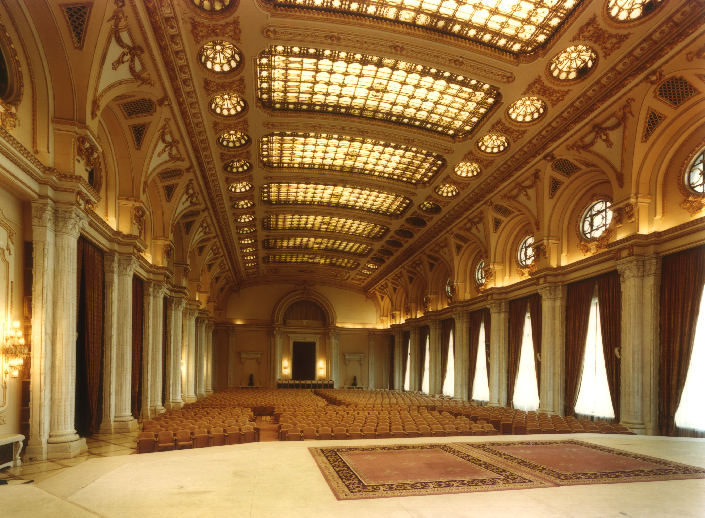THIS IS BUCHAREST
Basarab Bridge. Courtesy of flycams.ro
Old City Centre
Monuments
Revolution Square (Piața Revoluției)
The square gained worldwide notoriety when TV stations around the globe broadcasted Nicolae Ceausescu’s final moments in power on December 21, 1989. It was here, at the balcony of the former Communist Party Headquarters, that Ceausescu stared in disbelief as the people gathered in the square below turned on him.
The Arch of Triumph (Arcul de Triumf)
Initially built of wood in 1922 to honor the bravery of Romanian soldiers who fought in World War I, Bucharest’s very own Arc de Triomphe was finished in 1936. Designed by the architect, Petre Antonescu, the Arc stands 85 feet high. An interior staircase allows visitors to climb to the top for a panoramic view of the city.
Parliament Palace (Palatul Parlamentului)
Built by Communist Party leader, Nicolae Ceausescu, the colossal Parliament Palace (formerly known as the People’s Palace) is the second largest administrative building in the world after the Pentagon.It took 20,000 Bucharest – Parliament Palace workers and 700 architects to build. The palace boasts 12 stories, 1,100 rooms, a 328-ft-long lobby and four underground levels, including an enormous nuclear bunker. When construction started in 1984, the dictator intended it to be the headquarters of his government. Today, it houses Romania’s Parliament and serves as an international conference centre. Built and furnished exclusively with Romanian materials, the building reflects the work of the country’s best artisans. A guided tour takes visitors through a small section of dazzling rooms, huge halls and quarters used by the Senate (when not in session). The interior is a luxurious display of crystal chandeliers, mosaics, oak paneling, marble, gold leaf, stained-glass windows and floors covered in rich carpets.


